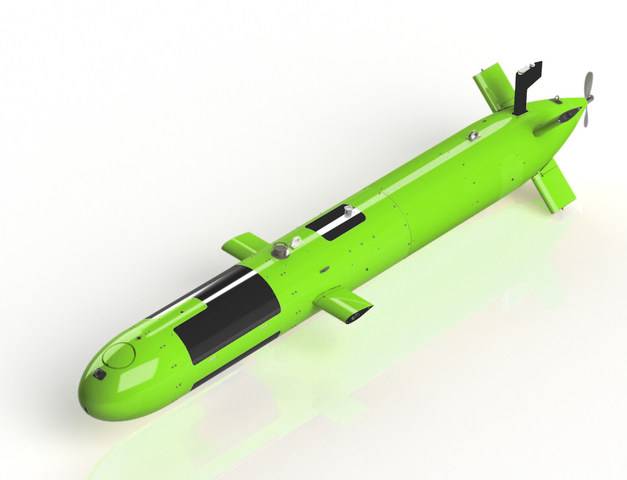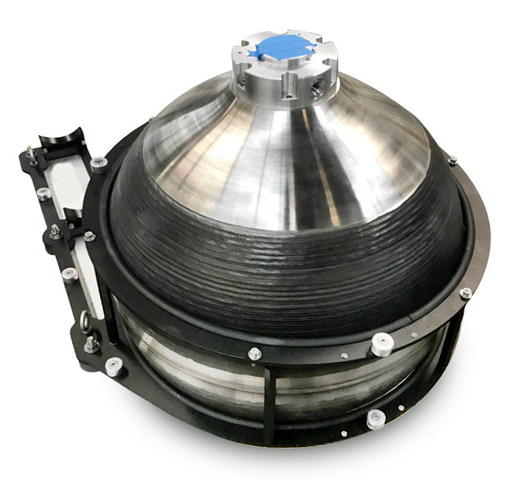
Photo Credit: Sciaky, Inc.
Additive manufacturing came to the rescue when International Submarine Engineering Ltd.’s latest autonomous underwater vehicle’s production was nearly sidelined after one of its component manufacturers went under.
ISE planned to produce the titanium Variable Ballast tank through traditional manufacturing processes, but that plan changed when its supplier, an overseas titanium forging facility that previously produced propellant tanks for the Russian space program, went out of business.
The company approached Sciaky, Inc. to produce the tank using Electron Beam Additive Manufacturing techniques to avoid a delay in the production of its Arctic Explorer Autonomous Underwater Vehicle. Sciaky previously 3D printed titanium propellant tanks for Lockheed Martin Space Systems in 2015.
What could have taken a traditional forging facility 16 weeks to produce, Sciaky was able to produce in eight weeks using additive manufacturing methods. The VB tank will be installed onboard a new AUV scheduled to be delivered to the University of Tasmania this spring. It will be deployed in Antarctica after trials and training operations.

This 3D-printed titanium Variable Ballast tank allows an Autonomous Underwater Vehicle to park on the sea floor or hold itself to the underside of the ice during its research missions. Photo Credit: Sciaky, Inc.
ISE said in a statement that it now plans to 3D print other critical titanium parts using Sciaky’s method.
The titanium VB tank is a sub-system of ISE’s Arctic Explorer AUV class of vehicles. The company previously built two Arctic Explorers for Natural Resources Canada/Defence Research and Development Canada to map the sea floor beneath the Arctic ice shelf to support Canada’s claim under Article 76 of the United Nations Convention of the Law of the Sea.
The Arctic Explorer measurers nearly 23 feet in length and weighs 4,409 pounds. It can be launched from a ship or through an ice hole, and the modular sections can be separated for transport.
The VB system allows it to park on the sea floor or hold itself to the underside of the ice during its research missions. It’s rated to 5,000 meters (about 3.11 miles) depth. It’s charged and serviced by a Remotely Operated Vehicle after the AUV is attached to a docking head.
“Sciaky is proud to help ISE cut production time by 50 percent and reduce costs by 3D printing their titanium VB tank with our one-of-a-kind EBAM process,” says Bob Phillips, vice president of marketing for Sciaky. “Our industry-leading EBAM technology is the world’s only industrial-scale metal 3D printing solutions with approved parts for land, sea, air, and space applications.”
Filed Under: Industrial automation




